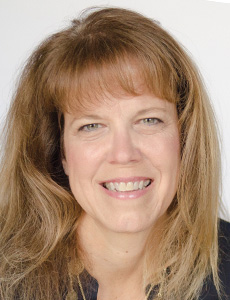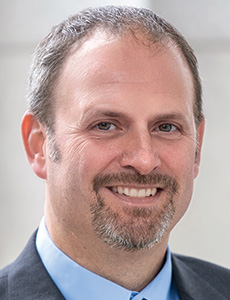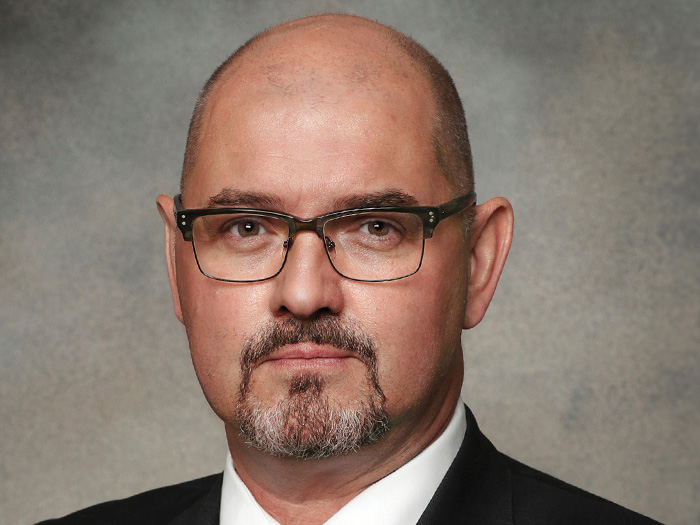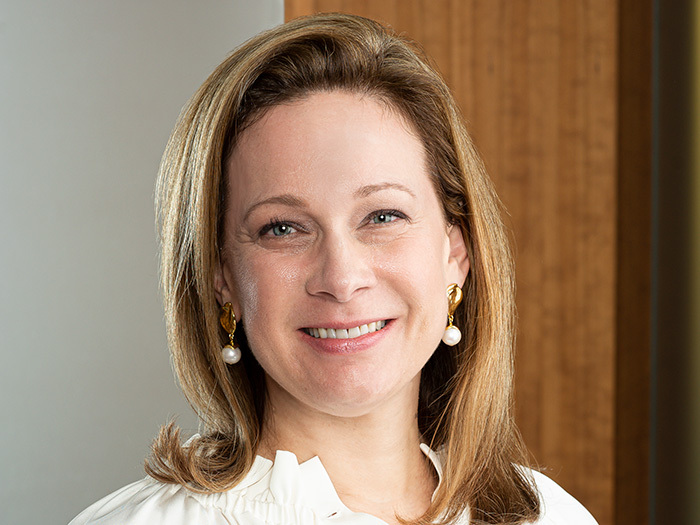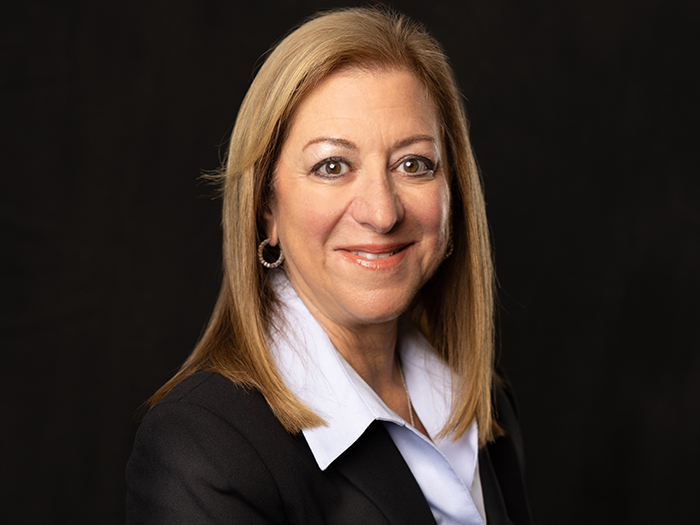When It Comes to Captive Regulation, Quality Eclipses Quantity as Vermont’s Streamlined Approach Proves

As the first and largest captive domicile in the U.S., the captive insurance industry in Vermont is far more developed than what you would find in any other jurisdiction.
Zaw Win, director, captive insurance/business law at Downs Rachlin Martin, said that Vermont is a small state, so members of the captive industry, the VCIA, and the regulators are constantly working together and interacting in the larger community.
“The familiarity, appreciation, and trust that arise out of these relationships enhance the efficiency of every aspect of a captive’s lifecycle,” Win said.
On the service provider side this means that captive owners have a choice of numerous highly qualified captive managers, law firms, actuaries, etc.
“And most of these folks work exclusively with captives, giving them a level of experience and efficiency that would be very difficult to find elsewhere,” Win said. “On the regulatory side, the depth of talent and experience at the Captive Division is unmatched.”
Indeed, Vermont is home to some of the longest-standing U.S. captive programs and experienced regulators, state officials, and service providers. Aaron Ciullo, CPA, vice president, senior account manager, Marsh Captive Solutions, said that this expertise is always at the forefront of the industry, exploring new and innovative ways to use captive programs.
“Folks within in the industry and the Vermont Department of Financial Regulation collaborate in many forums to ensure opportunities exist for captives to be used to the highest degree and [align] with captive legislation,” Ciullo said.
As an example, this past legislative term enacted changes to the captive law that allowed exploration of parametric solutions for captive owners.
“Vermont continually listens to ideas, discusses with key stakeholders, and makes needed changes current with market needs,” Ciullo said. “Its ability to change at a fast rate is what makes working in the domicile exciting and allows it to stand out to a very high degree.”
Kevin Mead, president of the VCIA, added that the way that Vermont captive regulators, elected officials, the VCIA and business leaders have created such efficiency in Vermont’s captive insurance market is by being completely focused.
“A team of 30 professionals in the Captive Division is unmatched. That size creates its own gravitational pull, and entry-level people within the division can see an established career path focusing on captives,” Mead said.
“The tenure and experience of those folks means that there is literally over a century of combined experience. That creates a value to owners all of its own.”
Dan Petterson, director of examinations, Vermont Department of Financial Regulation, pointed out that as a small state, Vermont has been nimble enough to also pass timely legislation that provides opportunities to its captives, but as a large player in the captive space, Vermont takes a leadership role, helps craft and steer captive policy, and contributes to educating the world on captives.
“During my time with captives, which basically covers about 15 years, the Vermont captive industry has continued to prioritize ongoing efforts to meet the needs of its insureds and stakeholders,” Petterson said.
“This proactive approach not only ensures that companies currently domiciled in Vermont receive top-notch service, support, and regulation, but that companies that domicile here this year, next year, or five years down the road will receive a similarly great experience. This is a major reason why Vermont stands out and is a significant contributor to being dubbed the ‘gold standard.’”
Standards & Regulations
The captive industry is constantly evolving with the needs of captive owners largely dictated by volatility in the commercial insurance market and claims that are subject to constant social inflation. As Win explained, it would be impossible to draft laws to keep up with the changing needs of the captive industry.
“Instead, Vermont’s statutes create a basic framework within which the regulators have substantial discretion to evaluate each captive arrangement on its own merits,” Win said.
“And it works because the regulators are willing to put the time in to understand each proposal, the skill and experience to evaluate risks and benefits, the courage to say ‘no’ when a proposal isn’t right for Vermont, and the diligence to do all these things quickly.”
Julie Bordo, president & CEO of PCH Mutual Insurance Company, agreed that Vermont has established extremely high standards with a keen eye and ear to what the industry needs to thrive.
“Regulation and oversight by individuals with the depth of knowledge and understanding of the Vermont team not only encourages the industry to strive to achieve the highest standards and results, but it provides input and reassurance that give us the tools to meet these lofty objectives,” Bordo said.
For example, even before the economy buckled under the weight of the pandemic, Vermont had passed legislation to allow captives more flexibility in their investment policies which allowed them to better maintain their portfolios.
“They clearly understand industry trends and shifts and support industry leaders as they navigate them,” Bordo said. “Members of the Vermont team often inquire of me or my peers, how they can better serve the industry, not just through regulation, but through innovation and streamlining the process without sacrificing excellence.”
Mead believes it is critical to consider effective licensing and supervision as being a value add. He said that if treated as merely a “cost of doing business” then it’s a race to the bottom for the cheapest option, and that does not do the industry’s reputation any good at all.
“So, the ‘Vermont attitude’ is to have quality captives that are performing well for their owners through a supportive process,” Mead said.
“Led by the Vermont Department of Financial Regulation (VT DFR) in regulation, this attitude is then supported by the Vermont Department of Economic Development in the recruitment and growth of the market, and by the VCIA in providing outstanding educational, networking and benchmarking opportunities for the industry.”
What’s more, the VT DFR is always looking at ways to ensure the domicile is operating efficiently and at the highest level possible.
As Ciullo pointed out, not only does the VT DFR look at things internally as a department, but they also actively listen to captive owners, service providers, and other stakeholders about areas of opportunity and improvement.
“Over the past year they have reduced the requirement for five-year financial projections for new captives and captives going into runoff; enacted legislation to allow paramedic solutions within a captive; reduced information needed to complete their annual report; and implemented resources to aid in regulatory filing preparation,” Ciullo said. “All of these create more efficiencies in the day-to-day management of a captive.”
In the past year, the VT DFR also prepared a list of approved reinsurers with all the information needed for captive managers to more efficiently complete their required annual report filings.
“The Department does not rest on its laurels and routinely looks to make changes toward efficiency and is able to do it swiftly based on systems they have in place,” Ciullo said.
Indeed, as regulators, Petterson said they begin by continuously updating programs and policies to ensure the highest level of effectiveness and efficiency. They attract and license captives that provide quality insurance and risk management programs and they monitor companies and the industry with an overall emphasis on financial and operational health.
“We’re very focused on the success of all of our captives, providing support and being receptive to the individual needs of our companies. We’ve always had a firm, but fair regulatory approach which compliments the consistent and stable captive environment provided in Vermont,” Petterson said.
“Why is it so consistent and stable here? We have the support of the Governor, the Legislature, service providers, trade associations, and our captives. Captive insurance is incredibly important to Vermont and all captive insurance stakeholders. Expectations are high and, consequently, so are the standards we adhere to,” he added.
Part of the reason that Vermont has been able to sustain its “gold standard” status in the industry is by understanding and embracing the unique needs of the industry from a legislative and regulatory side.
As Ryan Gadapee, shareholder at Primmer Piper Eggleston & Cramer, explained, the approach of these respective entities is consistently focused on how they can help sustain and grow the industry rather than create unnecessary obstacles or smother innovation through institutional inertia.
“The annual efforts of DFR and VCIA to support legislation that addresses necessary updates or additional options in the captive law helps keep elected leaders aware of and informed on the impact of the industry and fosters a sense of shared responsibility in maintaining Vermont as the ‘gold-standard,’” Gadapee said.
“This ongoing inclusion of all stakeholders shows additional benefits when fast actions are needed to respond to new or changing circumstances in the industry. By having an informed and engaged Legislature, Vermont is uniquely positioned to a respond to changing circumstances as well as refraining from taking actions that, regardless of their intention, result in a negative impact on the industry.
“Having worked in other states where the timeline for legislative changes were usually measured in years, seeing Vermont adopt new legislation in the matter of weeks really exemplifies the collective understanding and appreciation for how Vermont views the captive industry,” he said.
Full-Speed Ahead
Vermont has demonstrated that it will continue to lead the way, making sure the captive industry remains a key option for all involved in the risk management and risk financing space.
“Vermont has demonstrated this history of success without relying solely on any one person or entity,” Gadapee said.
“Through transitions at DFR, VCIA, and major service providers, Vermont has continued to be the ‘go-to’ domicile for all things captive. Vermont’s presence as the center of the captive world has made the discussion of domicile selection less of a question of ‘why’ Vermont but rather an exercise of ‘why not’ Vermont. Regardless of how the industry as a whole evolves, there is no reason not to expect Vermont to remain at the center of any of those changes.”
Ciullo also believes that Vermont’s captive industry will continue to evolve by staying true to what folks have come to know and rely on — a collaborative, nimble business environment that responds to new and innovative ways to use captive programs.
“The Vermont captive industry is full of vastly talented individuals who are willing to come together for the greater cause, and the Vermont domicile and VCIA are key staples in that mindset and will be integral in the continued sustainability of the Vermont domicile,” Ciullo said.
There is a lot to learn from Vermont and its captive insurance model, but it’s important to recognize that what works in Vermont may not work elsewhere. “Other states have copied Vermont’s model, but with varying levels of success. Each domicile is unique and will need to play to their own strengths,” Petterson said. “That said, a certain level of support, collaboration, regulation, and consistency are key ingredients in ensuring long-term success.”
Mead further pointed out that within the captives market, there is clearly a strong growth mode globally at the moment. “I believe that 19 or the top 20 domiciles saw a net increase (new licenses over surrenders) in 2022, and most also saw a strong expansion of licensed captives into new lines of business,” Mead said.
“Within Vermont we are currently seeing all of those trends with an additional trend of international expansion as markets outside of North America and Europe grow in sophistication and look to additional capacity for risk management.”
So how is Vermont’s captive insurance industry expected to evolve? In Petterson’s view, captive leaders will continue to be on the front lines, ensuring captive insurance issues are addressed and that the industry is supported and that it remains innovative.
“Vermont regulators will remain nimble, providing value added regulation and a consistent and safe regulatory environment conducive to effective and efficient captive operations,” Petterson said. “The industry will grow, and we will remain true to our values but will continue to evolve to meet the needs of our companies and the industry.” &

